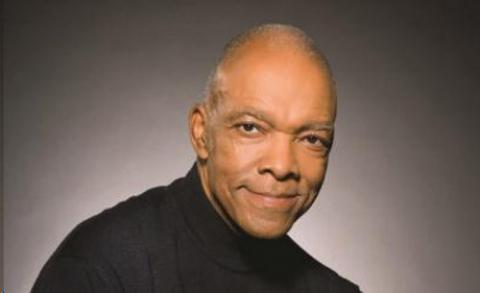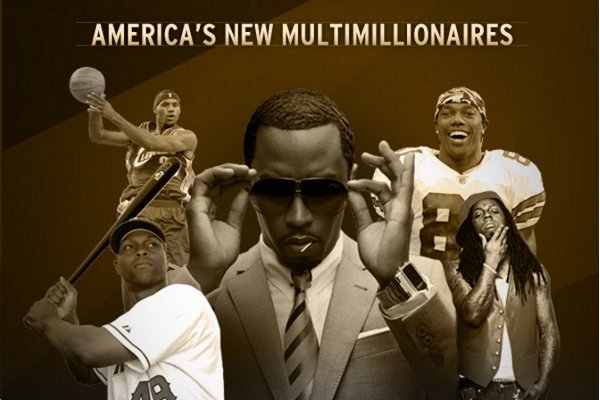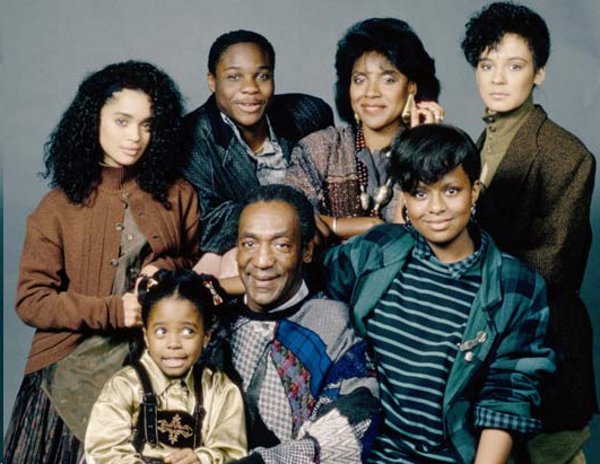How Tom Burrell Catapulted the African-American Market in the Media

Why should Burrell Communications be on your radar? Because founder Tom Burrell acknowledged “black people are not dark-skinned white people.” Abiding by this statute, Burrell Communications has been able to deliver targeted communications to the African-American community in a manner that is both reliable and valid.
Chicago native and Advertising Hall of Fame Inductee, Tom Burrell was vigilant in his mission to shift the substandard perception of African-American culture. In 2007 the Publicity Club of Chicago honored Burrell and compiled a comprehensive biography of his influence on the advertising industry:
In 1961, Burrell made his first footprints on the industry while studying at Roosevelt University when he became the first African-American to work at a Chicago advertising agency as a mailroom clerk at Wade Advertising. Mr. Burrell’s tenacity propelled him to earn advanced copywriting positions at agencies in the Chicago area.
In 1971, Mr. Burrell’s entrepreneurial spirit emerged and he co-founded Burrell McBain with Emmitt McBain, who worked at an African-American owned Agency Vince Cullers Advertising. The agency’s start was turbulent; opening at a time when portrayals of African Americans were scarce, stereotypical, and offensive.
In 1971, Burrell and McBain created an urban Marlboro Man for Philip Morris Cos. using research that revealed African-American men’s concepts of masculinity. Findings showed that black men viewed the traditional Marlboro Man as a lonely, rural outcast; Burrell’s vision was family-oriented, urban, & social. In 1974, McBain left the agency and it was renamed as Burrell Advertising.
Over the years, the agency went on to win multiple awards for creative and influential spots that transcended markets, while adhering to the African-American target.
The African-American community benefited from Burrell’s efforts because it was a voice at a time when their voices were misunderstood and quelled. Before his retirement in 2003, Tom Burrell, is credited with creating the principle of “positive realism” – “a technique depicting African-Americans using consumer products in a manner that is authentic and relevant”, as described in the Advertising Age Encyclopedia.
In 2012, award-winning Burrell Communications upholds the tenet of “positive realism
Adele Lassere, Media Director at Burrell Communications, recently spoke with Highbrow Magazine about the agency and how it targets what she calls the most powerful and forward-thinking consumer market: African-Americans.
Is there a marked difference between media portrayals of African-Americans today compared to the 1970s or 80s?
Yes, there is. Now [in 2012], I think [there] is an awareness of some degree of sensitivity of how African-Americans are portrayed in the media.
We have come a long way since the 70s and 80s and a lot of the negative portrayals we had [in the 70s or 80s] aren’t as commonplace [today] as they were back then…. It took time to change some of that mindset, and a lot of that change is attributed to the result of trailblazers in the industry such as Tom Burrell. I don’t think we could have started to see African-Americans’ lifestyles being more integrated into the mainstream without first having those early campaigns that really captured snippets of what the African-American lifestyle was.

Based on all of your insights, how is the African-American market different from any other minority market?
The founder Tom Burrell coined the phrase [and] that drove him to serve the target [African-American consumer]:
“Black people are not dark-skinned white people” [meaning,] there is an inherent culture difference between African-Americans and the other markets. This has been our mantra over the years and this is in Burrell’s DNA…
It drives patterns of media consumption and we may use products differently based on… those insights, which is a driving force and inspiration for future campaigns that are developed at [Burrell Communications].
According to Burrell.com, the African-American consumer market is worth more than a trillion dollars. How do your campaigns target the consumer in a positive light as opposed to something negative in the media surrounding our culture?
We are tethered to the image of the African-American audience and the image that is portrayed of the target because we are a part of that audience. Another phrase Tom Burrell coined was “positive realism”, which means we respect the culture and want to stem the negative stereotypes by telling stories that are inspirational, sometimes funny, or even edgy.
Does advertising have the power to affect outsiders’ perceptions of the African-American community?
Going back to the ‘70s… we started to have targeted efforts by major advertisers, and more of the African-Americans lifestyles were being portrayed in these commercials. And, if you look at most of the [advertisements], they are snippets of our culture in terms of our fashion and habits of what we do, how we interact with families & friends.
Advertisements must back the programs that we watch. The only way we can get the message out is if it’s in an environment that is going to reach our target.
In order to have more environments that are reaching the African-American audience, programming had to change. If you look at what’s happening to TV, there are not many [programs today] that do not have an African-American cast member. If it’s not a show that we’re going to watch, guess what? Those dollars are wasted…
Now, you have television shows like “The Game”, “Meet the Browns”, “House of Payne”, and “Common Law” with Michael Ealy. If you look at Fox, it first launched with predominantly [African-American] programming until they transitioned to more sports networking… But, Fox made their existence off of AA programming in the beginning because that’s what they had a lot of; it was the channel that Blacks were gravitating to. The same can be said for the UPN, which merged to be The CW.
You can see where advertising made an impact, because without those dollars backing the programming you wouldn’t have the number of African-American actors, writers, or directors that are employed.

A lot of the roles that African-Americans play in the media are not necessarily positive ones. This highlights a phenomenon Tom Burrell calls the Black Inferiority Complex. Does advertising combat the demeaning portrayals of African Americans in TV programs?
From an advertising standpoint, most of our clients are Fortune 500 companies, so they’re blue chip and conservative for the most part. We have a tendency to buy programming that isn’t …controversial. So any program where you may deem the African-Americans characters are portrayed as negative, we probably aren’t buying those programs. Looking specifically at the McDonald’s account … we literally abide by the “Golden Arch Code” meaning we won’t buy any programming that is negative, demeaning, or hurtful. So we tend to shy away from that type of programming.
[The] long term [effect is], most cable and broadcast networks [realize] at some point if the programs aren’t making money, they go away.
You are than familiar with The Burrell Mission Statement “consistently deliver innovative, creative, market-moving ideas.” Based on this mission statement, what are your predictions of the African-American market and how do you plan to adapt?
Social media, mobile, & video are going to be key for our target. The adoption rate from what we’re seeing from our research is explosive in terms of percent increase growth and usage by African-Americans. Down the road, digital and social media is going to be key. Also, our target, [similar to] the overall consumer market, is becoming [savvier] and they don’t want to be “talked at”, they want to have a dialogue. So, we are going to have to start generating communications that actually allow our clients [to build a relationship] with our target. That might take the form of more grassroots [efforts], but it is definitely going to [require] digital opportunities to [create that relationship].
[The Millennial generation has] transformed the way we advertise. They have demanded, “I want to know what you’re doing in my community … what are you doing for me, what makes you different from the rest of the companies out there that are trying to court and get my dollars?”
Author Bio:
Natalie Meade is a contributing writer at Highbrow Magazine.
Photos: Burrell Communications; luxmillionaire-genwealth.blogspot.com; TVGuide.com.






























































































































































































































































































































